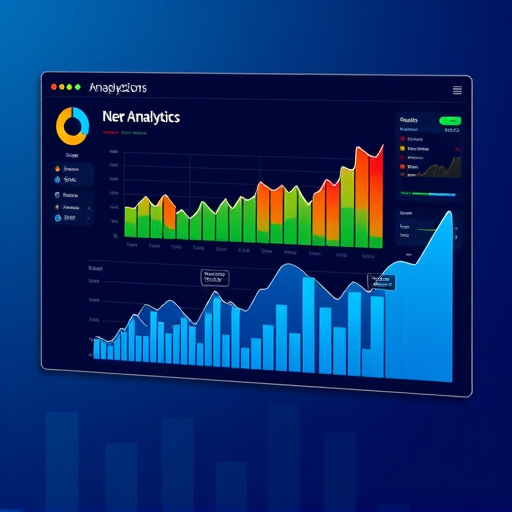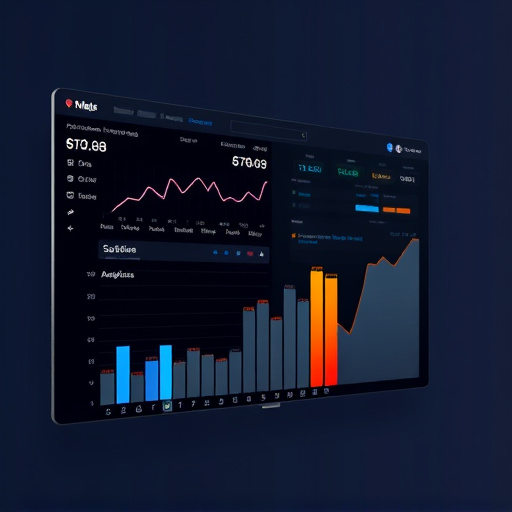In the evolving digital landscape, responsive web design is crucial for user satisfaction and search engine rankings. Advanced techniques like adaptive layouts, flexible content loading, and optimized SEO strategies ensure fast, accessible, and visually appealing websites. Businesses in competitive markets like South Florida benefit from these designs to enhance performance, improve engagement, and strengthen online presences through effective SEO implementation.
Responsive web design is evolving rapidly, driven by shifting user expectations and technological advancements. As diverse devices and screen sizes become the norm, designers must adapt to create seamless experiences. This article explores key trends reshaping responsive design, focusing on evolving user expectations, performance optimization through faster load times and efficient resource management, and adaptive layouts that prioritize visual hierarchy. By understanding these trends, developers can stay ahead in the ever-changing landscape of responsive web design.
- Evolving User Expectations: Designing for Diverse Screens
- Performance Optimization: Faster Load Times and Efficient Resources
- Adaptive Layouts: Flexibility Meets Visual Hierarchy
Evolving User Expectations: Designing for Diverse Screens

As technology advances and users become increasingly digital-savvy, expectations for responsive web design are evolving. Today’s users interact with countless devices—from smartphones to tablets, laptops, and even smart TVs—demanding seamless experiences across diverse screens. Responsive design is no longer just about making a website look good on different devices; it’s about creating intuitive, accessible, and high-performing interfaces that cater to varied user needs.
This shift necessitates a focus on flexible layouts, dynamic content loading, and enhanced accessibility features in custom website design. SEO marketing services play a crucial role here by ensuring that these responsive elements not only improve the user experience but also positively impact search engine rankings. For instance, Google’s mobile-first indexing prioritizes responsive sites in its search results, making it essential for any business to consider the long-term benefits of responsive web design and partner with an SEO company Plano to stay ahead in the digital landscape.
Performance Optimization: Faster Load Times and Efficient Resources

In the realm of responsive web design, performance optimization is a key trend driving the future of digital experiences. As users expect instant access to content, websites must deliver with lightning-fast load times. This involves strategic resource management, where each element on a page is carefully considered for its impact on speed. Techniques such as image compression, lazy loading, and code splitting play a crucial role in ensuring that web pages load efficiently, providing visitors with a seamless and enjoyable experience without sacrificing aesthetics.
For businesses seeking to enhance their online presence, especially those in competitive markets like South Florida, optimizing web design for performance is an essential part of any SEO audit services. Efficient resource management not only improves user satisfaction but also positively impacts search engine rankings. By prioritizing fast load times and minimizing page bloat, responsive websites can better engage audiences, driving higher conversion rates and reinforcing their digital footprint through effective keyword research services.
Adaptive Layouts: Flexibility Meets Visual Hierarchy

In the realm of responsive web design, adaptive layouts are a game-changer. These layouts prioritize flexibility and visual hierarchy, ensuring websites seamlessly adjust to various screen sizes and devices. By utilizing CSS media queries and flexible grid systems, designers can create dynamic structures that provide an optimal user experience regardless of whether the site is accessed on a desktop, tablet, or smartphone. This adaptability not only caters to the diverse needs of modern users but also aligns with organic SEO services, as search engines favor mobile-friendly websites in their rankings.
Moreover, adaptive layouts facilitate local search optimization by ensuring that content remains legible and easily navigable on smaller screens. The strategic use of visual hierarchy helps guide users’ attention to key information, enhancing engagement and potentially leading to longer session durations. With these factors in play, responsive web design not only keeps up with technological advancements but also leverages them to create robust online presences that resonate with audiences across different platforms.
As we look ahead, responsive web design continues to evolve, guided by shifting user expectations, performance optimizations, and adaptive layouts. By prioritizing these trends, developers can create digital experiences that seamlessly adapt across various devices and screen sizes, ensuring a consistent and engaging user journey. This not only enhances accessibility but also drives user satisfaction and business growth in the dynamic online landscape.














